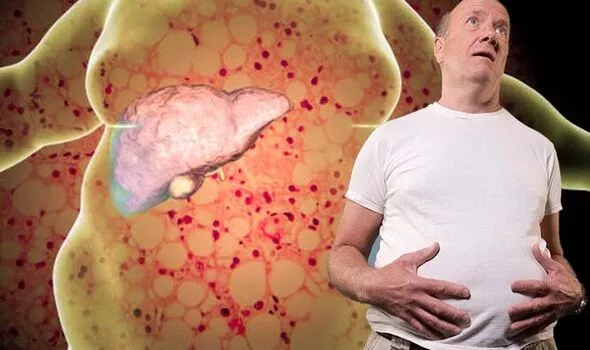
Fatty liver, also known as hepatic steatosis, is a condition where excess fat builds up in the liver cells. While a small amount of fat in the liver is normal, excessive fat can interfere with liver function and lead to more serious health issues. Fatty liver is a growing concern worldwide, especially with the rise in obesity, diabetes, and unhealthy lifestyles.
Types of Fatty Liver Disease
A. Non-Alcoholic Fatty Liver Disease (NAFLD)
Occurs in people who drink little to no alcohol.
Linked to obesity, insulin resistance, high blood sugar, and high levels of triglycerides.
B. Alcoholic Fatty Liver Disease (AFLD)
Caused by excessive alcohol consumption.
Can progress to more severe liver damage, such as alcoholic hepatitis or cirrhosis.
C. Acute Fatty Liver of Pregnancy (AFLP)
A rare but serious condition that can occur during pregnancy, typically in the third trimester.
Causes and Risk Factor
Obesity, especially central obesity.
Type 2 diabetes and insulin resistance.
High cholesterol and triglyceride levels.
Sedentary lifestyle and poor diet.
Polycystic ovary syndrome (PCOS).
Chronic alcohol abuse.
Genetic factors influencing how the body processes alcohol.
Hormonal and metabolic changes during pregnancy.
Symptoms of Fatty Liver
Fatty liver often has no symptoms in its early stages, but as it progresses, symptoms may include:
Fatigue and weakness.
Pain or discomfort in the upper right abdomen.
Unexplained weight loss.
Jaundice (yellowing of the skin and eyes) in advanced cases.
Complications
If untreated, fatty liver can progress to:
1.Non-Alcoholic Steatohepatitis (NASH): Inflammation and liver cell damage.
2.Fibrosis: Scarring of the liver.
3.Cirrhosis: Severe scarring leading to liver failure.
4.Liver cancer.
Diagnosis of Fatty Liver
Diagnosis typically involves:
Blood Tests: To check liver enzymes (ALT and AST).
Imaging Tests: Ultrasound, CT scan, or MRI to detect fat in the liver.
Liver Biopsy: To determine the extent of inflammation and scarring.
Treatment and Management
Currently, there is no specific medication approved for fatty liver. Management focuses on addressing the underlying causes and preventing progression.
a. Lifestyle Changes
Weight Loss: Losing 5-10% of body weight can reduce liver fat.
Healthy Diet: Adopt a balanced diet rich in fruits, vegetables, whole grains, and lean proteins. Limit saturated fats, refined sugars, and processed foods.
Regular Exercise: Engage in moderate aerobic activity at least 150 minutes per week.
b. Manage Underlying Conditions
Control blood sugar, cholesterol, and triglycerides.
Address insulin resistance through medication if necessary.
c. Limit Alcohol Intake
Avoid alcohol completely if you have AFLD or advanced liver disease.
d. Medication Review
Some medications can contribute to fatty liver. Consult your doctor about alternatives.
When to Seek Medical Attention
Consult a doctor if you experience:
Persistent fatigue.
Unexplained weight loss.
Severe abdominal pain.
Yellowing of the skin or eyes.
Prevention of Fatty Liver
Maintain a healthy weight.
Follow a balanced diet.
Stay physically active.
Avoid excessive alcohol consumption.
Monitor and manage chronic conditions like diabetes and high cholesterol.
Fatty liver disease is a manageable condition, especially when detected early. By making healthier lifestyle choices and addressing risk factors, you can reduce liver fat and improve overall health. If you suspect fatty liver or have risk factors, consult a healthcare professional for proper evaluation and guidance. Early intervention is key to preventing complications and ensuring a healthy liver.
…….… Adelekan Oluwaseun Ojo, is a counseling psychologist, and a business & health consultant with Jigsimur Zdex Int’l, a company which is into the production and distribution of Jigsimur herbal health drink, a natural curative and preventive herbal medicine from South Africa.
For personal consultation, you can contact us on 07089225319 or 08035122399





